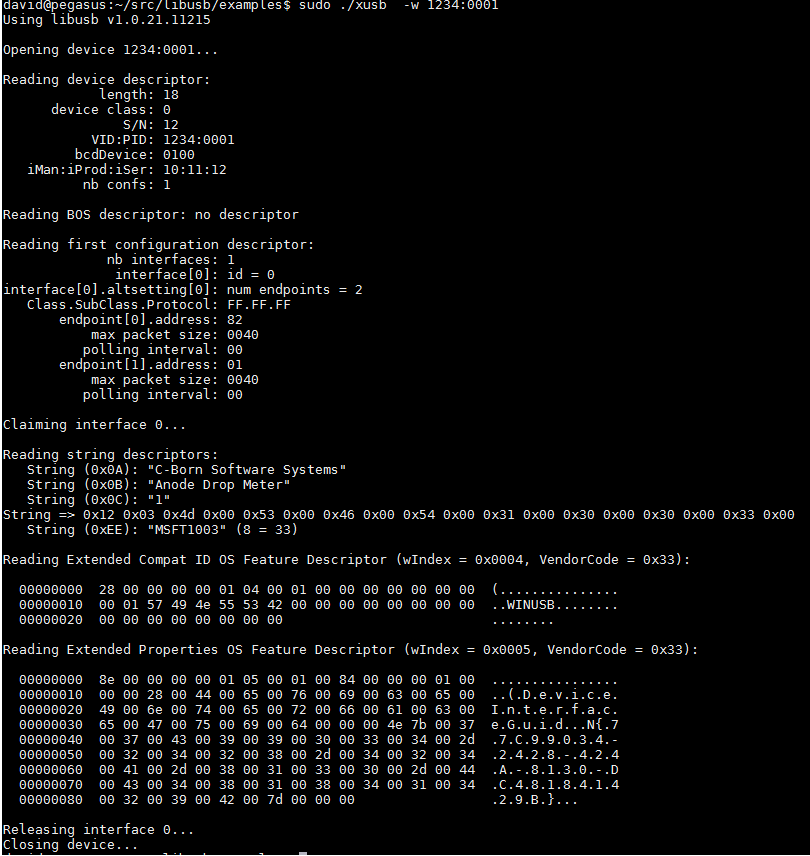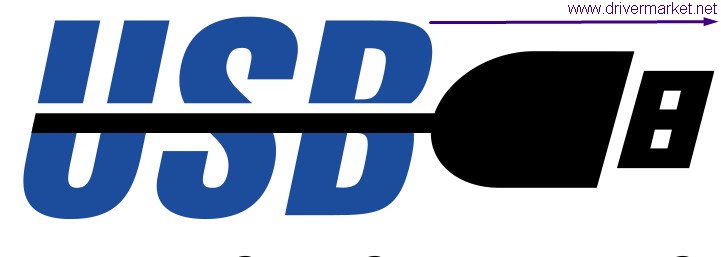

- #Usb mass storage device driver for winxp how to
- #Usb mass storage device driver for winxp serial
- #Usb mass storage device driver for winxp drivers
- #Usb mass storage device driver for winxp update
To find the drive and then rename it, you’ll want to right-click on My Computer and select Manage. If you have USB 2.0 you will see an entry with USB2 Enhanced Controller.
#Usb mass storage device driver for winxp serial
#Usb mass storage device driver for winxp drivers
#Usb mass storage device driver for winxp update
How do I update the drivers for my USB devices?.
#Usb mass storage device driver for winxp how to
How to fix USB device not responding on Windows XP?.How do I use USB tethering on Windows XP?.Where are drivers stored in Windows XP?.How do I enable USB mass storage on Windows XP?.For more information, see "USB Video Class Driver" under AVStream Minidrivers. Microsoft provides USB video class support by means of the Usbvideo.sys driver.

Windows 11Windows 10 for desktop editions Two important device setup classes for USB devices are as follows: For more information, see System-Defined Device Setup Classes. IHVs and OEMs can define new device setup classes, but only if none of the existing classes apply. Microsoft defines setup classes for most devices. Windows categorizes devices by device setup classes, which indicate the functionality of the device. The current list of USB class specifications and class codes is documented in the USB-IF Defined Class Code List. If some of the device's capabilities are not implemented by the class driver, vendors should provide supplementary drivers that work in conjunction with the class driver to support the entire range of functionality provided by the device.įor general information about USB-IF approved device classes see the USB Common Class Specification Windows class drivers might not support all of the features that are described in a class specification. Hardware vendors should not write drivers for the supported device classes. If a device that belongs to a supported device class is connected to a system, Windows automatically loads the class driver, and the device functions with no additional driver required. Microsoft provides in-box drivers for several of those device classes, called USB device class drivers. Each device class is identified by USB-IF approved class, subclass, and protocol codes, all of which are provided by the IHV in device descriptors in the firmware. Those classes and their specifications are defined by the USB-IF. USB device classes are categories of devices with similar characteristics and that perform common functions. More guidelines are included in Choosing a driver model for developing a USB client driver. If a Microsoft-provided driver is not available for the USB device class to which your device belongs, then consider using generic drivers, Winusb.sys or Usbccgp.sys. If you are writing a custom driver: Before writing a driver for your USB device, determine whether a Microsoft-provided driver meets the device requirements. The drivers are updated through Windows Update. They are available in the \Windows\System32\DriverStore\FileRepository folder. These drivers and their installation files are included in Windows. If you are installing USB drivers: You do not need to download USB device class drivers. For non-composite devices or a function of a composite device, use WinUSB (Winusb.sys).



 0 kommentar(er)
0 kommentar(er)
